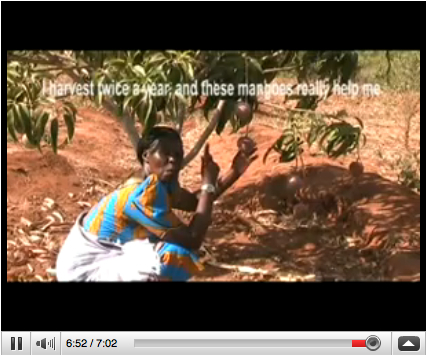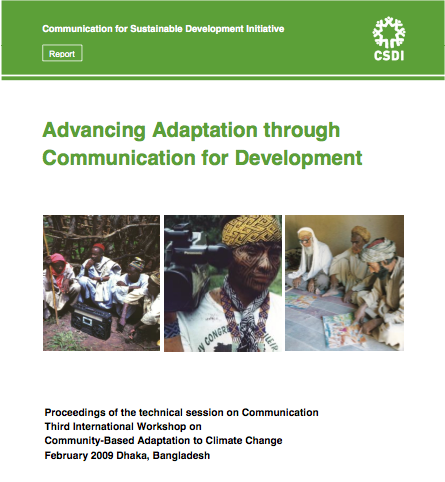 Among many vulnerabilities that are intensified by the effects of climate change, the availability and management of water resources constitute one of the most critical areas of concern. From the provision of basic services and sanitation, to irrigation and food production, ecosystems protection and hydropower generation, water resources are not only crucial for socio-economic development but also a fundamental dimension of climate change adaptation.
Among many vulnerabilities that are intensified by the effects of climate change, the availability and management of water resources constitute one of the most critical areas of concern. From the provision of basic services and sanitation, to irrigation and food production, ecosystems protection and hydropower generation, water resources are not only crucial for socio-economic development but also a fundamental dimension of climate change adaptation.
Water is also one of the principal means through which climate change manifests over the population and the environment (2010). Changes in precipitation patterns and seasonality, unpredictable periods of drought or floods and rising sea levels are only some of the water-related manifestations of a changing climate that is having particularly harsh impacts on marginalized and developing contexts.
The uncertain, transversal and multi-disciplinary nature of the challenges posed by climate change demands innovative responses, particularly in terms of policy strategies and decision-making processes that enable change and that foster the capacity of the most vulnerable to adapt to new conditions.
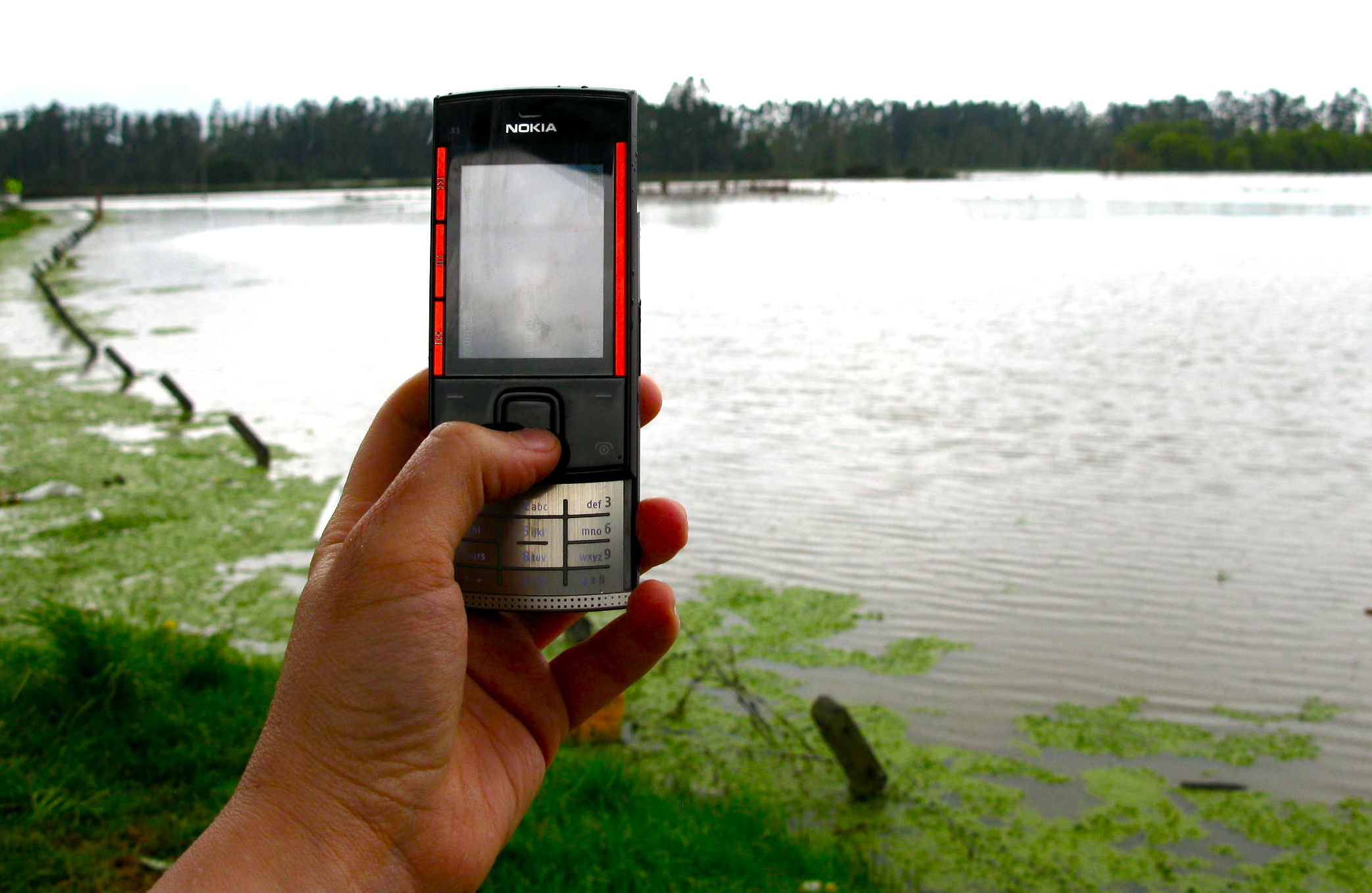 Acknowledging the role of Information and Communication Technologies (ICTs) -such as mobile phones, community
Acknowledging the role of Information and Communication Technologies (ICTs) -such as mobile phones, community
radios and the Internet- in the adoption of informed decisions and the coordination of efforts during climatic events, as well as their potential strengthening social networks, inclusiveness, and processes of learning and self-organisation, among others, could inspire new strategies and innovative policy approaches in the climate change field, especially in regards to the management of water resources.
As we advance towards a new round of climate change negotiations in Durban, South Africa, as part of the 17th United Nations Framework Convention on Climate Change (COP 17), the linkages between water, climate change and ICTs could provide a window of opportunity for climate policy making ‘outside the box’.
But how to link Water, Climate Change, and ICTs from a Policy Perspective?
The results of a Regional Policy Dialog on Water and Climate Change conducted in 2010 by a number of institutions and organisations in Latin America and the Caribbean, suggest a number of priority areas for policy action in developing regions that can be linked to the potential of ICTs:
- ICTs & Strengthened Water Governance
ICT tools can be used to strengthen the capacity of the institutions that govern water use at the national and international levels, improving the management and monitoring of climate related data among different sectors, as well as the access to and dissemination of information for consensus-building (e.g. watershed boundary agreements, international conventions, local laws and regulations, roles and responsibilities of different organisations and institutions involved in water management).
- ICTs & Articulated Water Management
ICT applications such as Geographic Information Systems (GIS) and mapping tools can help to link and prioritize local environmental and social needs with quantities/qualities of water resources required for different uses (e.g. irrigation, consumption, etc). At the same time, ICTs (e.g. e-mail, networking tools, distribution lists, wikis) can foster a more effective coordination of efforts between the institutions that are responsible for the management of water resources in different sectors, and those working in land resources development and planning.
- ICTs & Inclusive Water Security Planning
ICTs such as Web 2.0 tools (e.g. blogs, wikis or social media sites) could be used in support of participatory processes in the management of water resources. Plans for drought prevention and water security could be designed, discussed and monitored collaboratively, with the support of ICTs, by community members, civil society organisations and local authorities. Tools such as community videos, radio programs and audio blogs could be used to document local/traditional experiences in water management and adaptation, and foster the inclusion of marginalized sectors in these processes.
- ICTS & Equitable Water Adaptation
ICT tools can support processes of mapping, documenting and disseminating information on the key risks and vulnerabilities present in both rural and urban contexts (e.g. mapping settlements in high-risk areas), facilitating the identification of linkages between the quality/quantity of water resources available, and other developmental conditions that are necessary for adaptation. At the same time, ICTs such as the Internet can help to broaden the access to information and resources on water management programs and sustainable practices through user friendly formats (e.g. videos, digital drawings, photo-stories, podcasts), as well as to awareness raising and capacity-building opportunities (e.g. e-learning).
- ICTs & User-friendly Hydro-climate Information Systems
ICTs can play an enabling role in the generation and dissemination of locally relevant climate information that can be used by different stakeholders in decision-making processes. Tools such as the Internet, mobile phones and community radios can be used in support of awareness raising campaigns that foster climate change knowledge and preparedness/prevention, and that can be localized (translated and adapted) to respond to local priorities.
In sum, promoting a climate-resilient management of water resources requires, among others, the adoption of innovative policy approaches that enable change by acknowledging the potential of new tools, such as ICTs, to strengthen critical areas of climate change vulnerability. Creative responses supported by ICTs on key issues such as water governance, water management, water adaptation and information systems, are an emerging priority to face the challenges posed by climatic uncertainty, particularly in Developing countries.
The upcoming COP17 meeting provides a window of opportunity to think outside the climate ‘policy-box’ by considering how to take advantage of available ICT tools to foster flexibility, creativity, learning and inclusiveness as key attributes of resilient systems to climate change.
——————————————————————————–
CONAGUA, IDB, et al. (2010), “Regional Policy Dialog in Latin America and the Caribbean: Challenges and Opportunities for Water-Based Adaptation to Climate Change”. Available online: http://idbdocs.iadb.org/wsdocs/getdocument.aspx?docnum=35806970
 Dealing with change requires the capacity to self-organise, while embracing novelty and experimentation.
Dealing with change requires the capacity to self-organise, while embracing novelty and experimentation.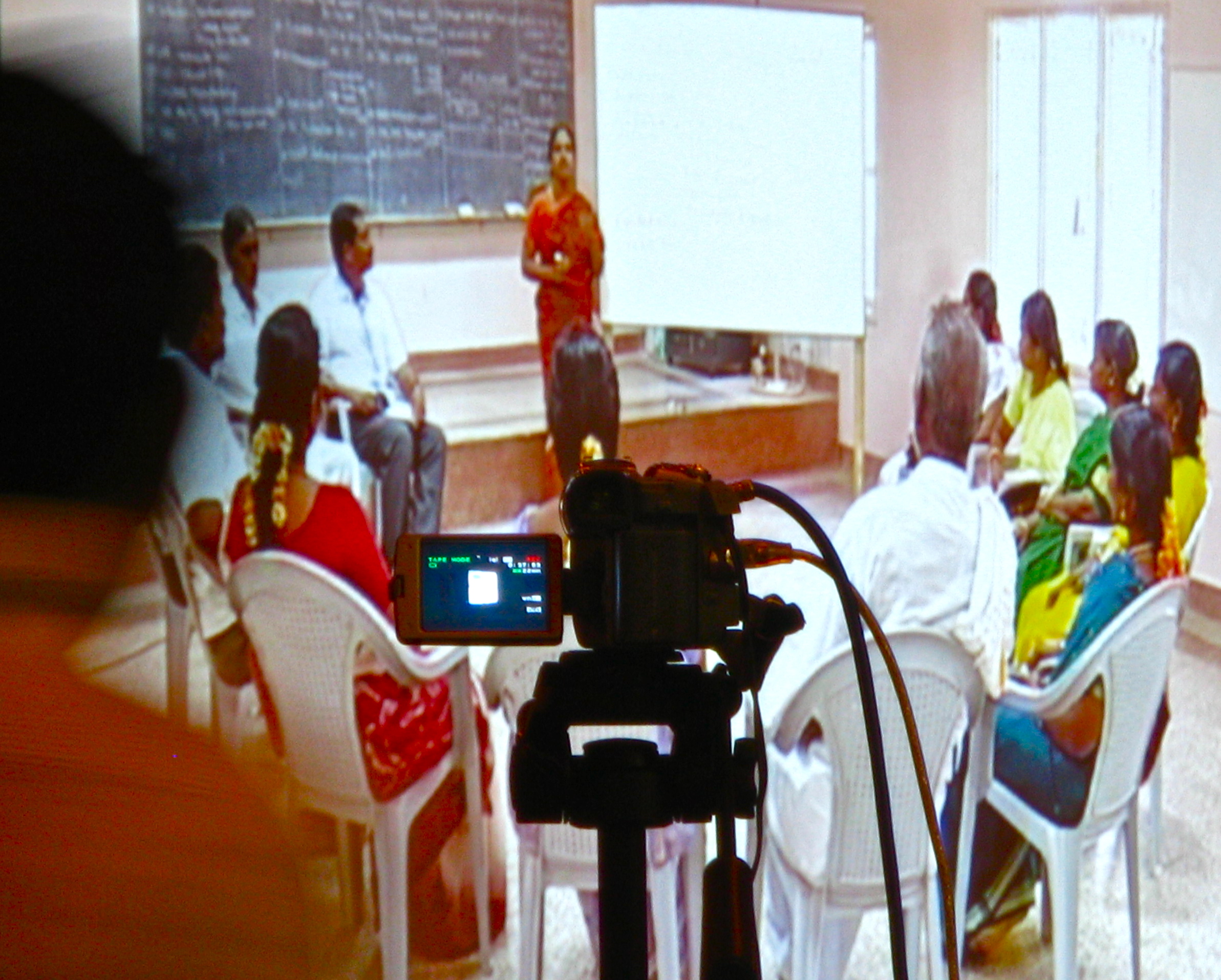 The increasing role of these communities in the response to climate change-related events reminds us of the importance of volunteerism, self-organisation, and ultimately, of community engagement towards more resilient and adaptable systems.
The increasing role of these communities in the response to climate change-related events reminds us of the importance of volunteerism, self-organisation, and ultimately, of community engagement towards more resilient and adaptable systems.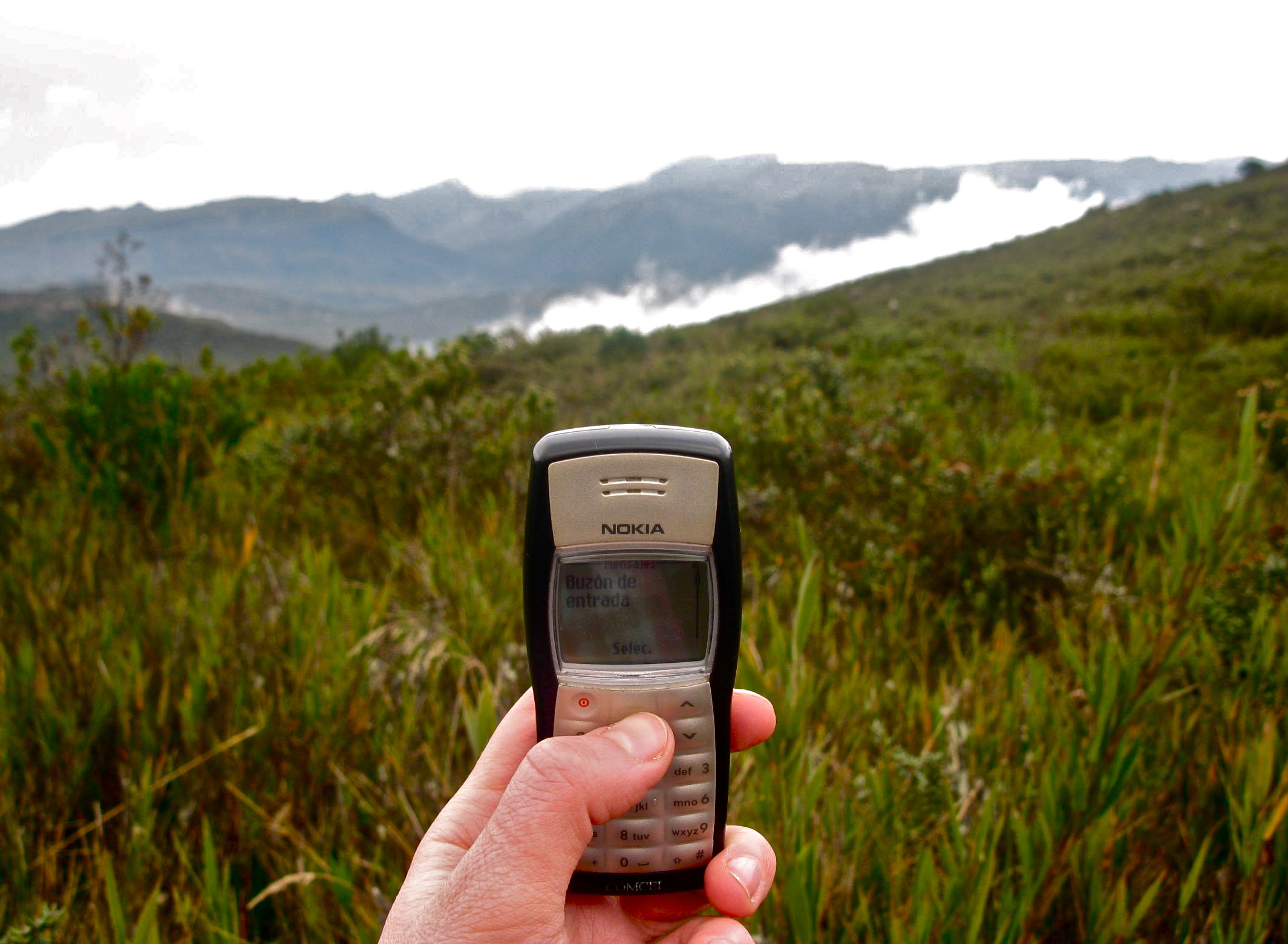 Effective communication is essential in overcoming barriers, particularly those encountered during processes of adaptation and change.
Effective communication is essential in overcoming barriers, particularly those encountered during processes of adaptation and change. Overcoming the multiple barriers that can emerge during processes of adaptation and change is a complex and multidimensional process, particularly when facing the uncertainty that characterizes climate change.
Overcoming the multiple barriers that can emerge during processes of adaptation and change is a complex and multidimensional process, particularly when facing the uncertainty that characterizes climate change. Determining the repercussions of the changing climate is a field of great unknowns. While the impacts of climatic variations and seasonal changes on the most vulnerable populations are expected to increase and be manifest in more vulnerable ecosystems and natural habitats, the exact magnitude and impact of climate change effects remain, for the most part, open questions.
Determining the repercussions of the changing climate is a field of great unknowns. While the impacts of climatic variations and seasonal changes on the most vulnerable populations are expected to increase and be manifest in more vulnerable ecosystems and natural habitats, the exact magnitude and impact of climate change effects remain, for the most part, open questions.
 The concept of Resilience occupies an increasingly prominent place within the climate change debate.
The concept of Resilience occupies an increasingly prominent place within the climate change debate.
 More than 10 years ago, before the debate over climate change was at the forefront of the international agenda, Thomas Homer-Dixon referred to Ingenuity as ideas applied to solve practical social and technical problems; a concept that goes beyond the development of new technologies or drought-resistant crops, and includes more efficient markets and better social arrangements (1).
More than 10 years ago, before the debate over climate change was at the forefront of the international agenda, Thomas Homer-Dixon referred to Ingenuity as ideas applied to solve practical social and technical problems; a concept that goes beyond the development of new technologies or drought-resistant crops, and includes more efficient markets and better social arrangements (1).